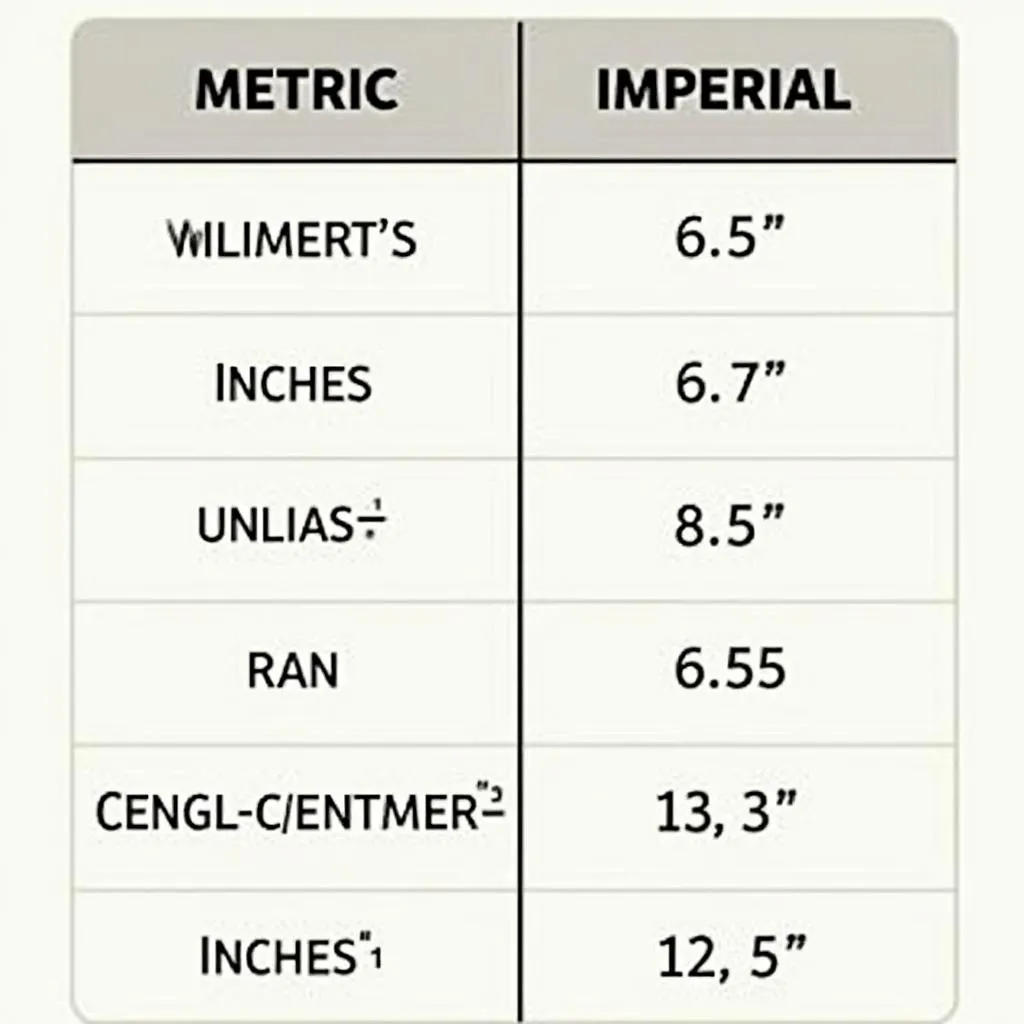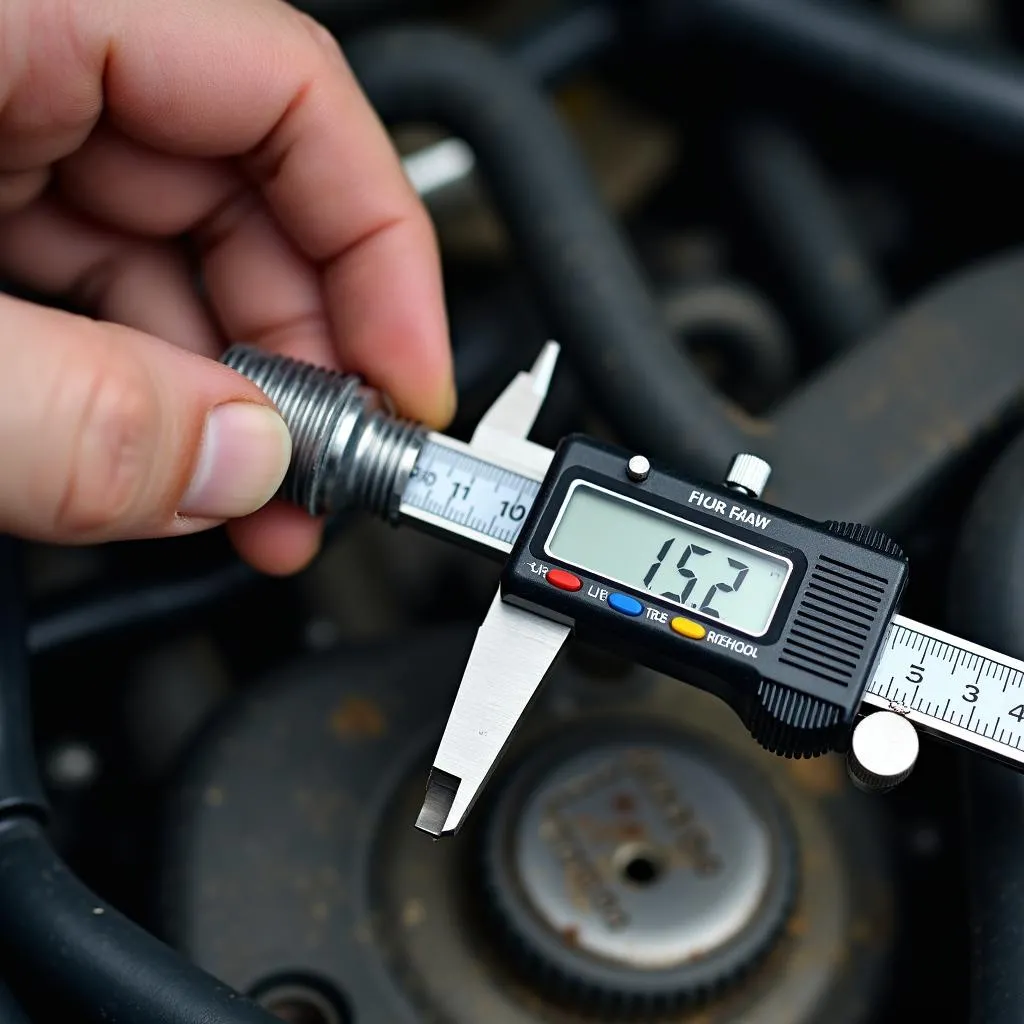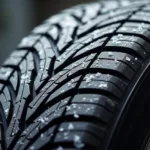As a car mechanic, you know that precision is key to success. But what happens when you have to handle both metric and imperial (inch) measurements simultaneously? Suddenly, the work gets more complicated. Imagine working on a classic American car and needing a new bolt. The repair manual specifies the size in inches, but your toolbox is full of metric tools. In such moments, it’s important to know how to quickly and easily convert metric measurements to inches.
Why Converting Between Metric and Imperial Measurements is Important in Car Repair
Globalization has led us to live in a world where different measurement systems coexist. Especially in the automotive industry, where vehicles and parts come from all over the world, it’s essential to be familiar with both the metric and imperial systems.
 Conversion chart for metric and imperial measurements
Conversion chart for metric and imperial measurements
A classic example of this is vehicle threads. While European manufacturers typically use metric threads, American manufacturers often rely on imperial threads. So, when you’re working on a vehicle, it’s important to identify the type of thread to use the correct bolts and nuts.
Metric to Inches: The Basics of Conversion
Converting metric measurements to inches is not rocket science, but it does require accuracy. One inch equals 25.4 millimeters. So, to convert millimeters to inches, you divide the value in millimeters by 25.4.
Example: Converting 10 mm to Inches
10 mm / 25.4 mm/inch = 0.39 inches
It’s important to note that converting metric measurements to inches doesn’t always result in round numbers. In practice, you will often have to work with decimal places.
Practical Tips for Everyday Workshop Conversion
There are various ways to simplify conversion in your daily workshop routine:
- Conversion Charts: Hang a conversion chart in a visible spot in your workshop. This way, you always have the most important conversion factors handy.
- Online Tools: Numerous online tools and apps can make converting metric measurements to inches easier for you.
- Calipers with Metric and Imperial Scales: Get a set of calipers that has both a metric and an imperial scale. This allows you to read measurements directly in both systems.
 Car mechanic measuring a bolt with calipers
Car mechanic measuring a bolt with calipers
Common Conversion Mistakes and How to Avoid Them
Although converting metric measurements to inches is relatively simple, mistakes can easily creep in. Here are some common errors and how you can avoid them:
- Incorrect Formula: Make sure to use the correct formula for the conversion.
- Rounding Errors: Round decimal places correctly to avoid inaccuracies.
- Confusing Units: Be careful to use the correct units. Don’t confuse millimeters with centimeters or inches with feet.
The Importance of Accuracy in Car Repair
Especially with safety-critical components, it is of utmost importance that the measurements are correct. Even minor deviations can have serious consequences. Therefore, you should always work carefully and precisely when measuring and converting measurements.
Imperial Reference and 1/2 GN Measurements
Imperial Reference and 1/2 GN Measurements are additional helpful resources that can assist you with converting measurements in the car workshop.
Conclusion
The ability to convert metric measurements to inches is a fundamental skill for every car mechanic. With the right tools and some practice, you can ensure that your repairs are precise and safe.
Need further assistance with repairing your vehicle? Our experts are available around the clock. Contact us now!

